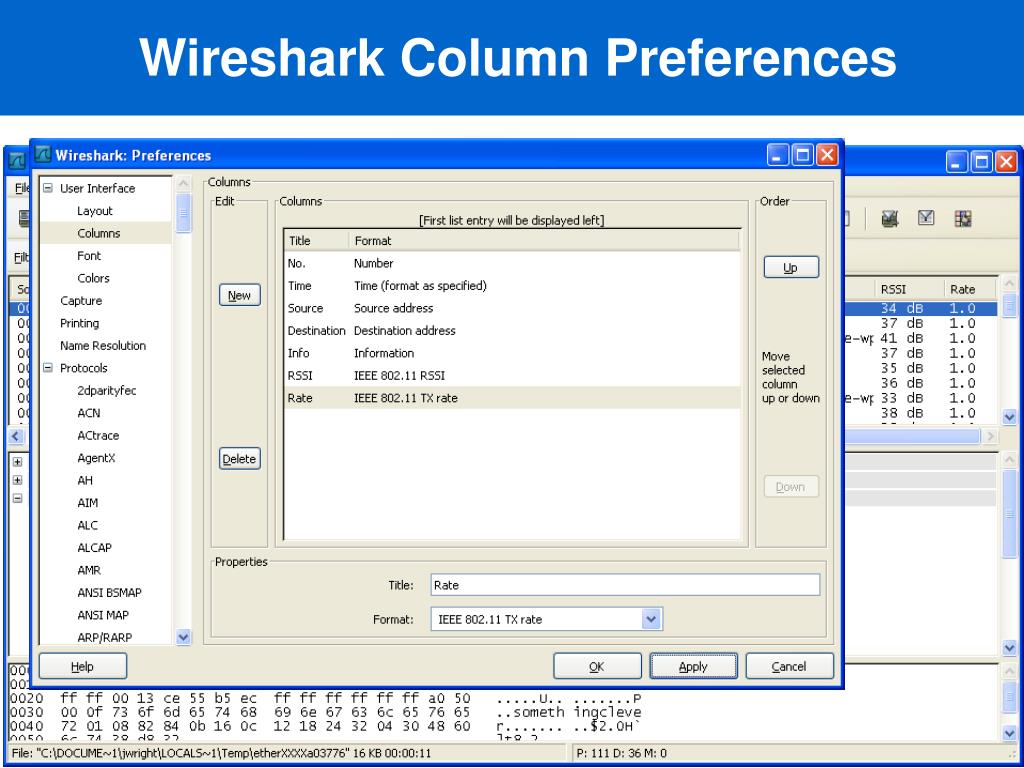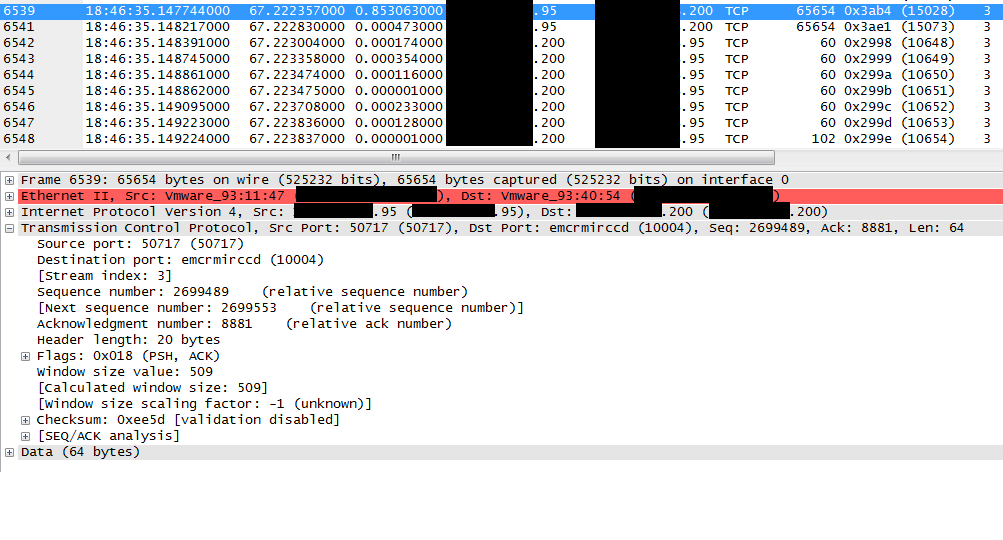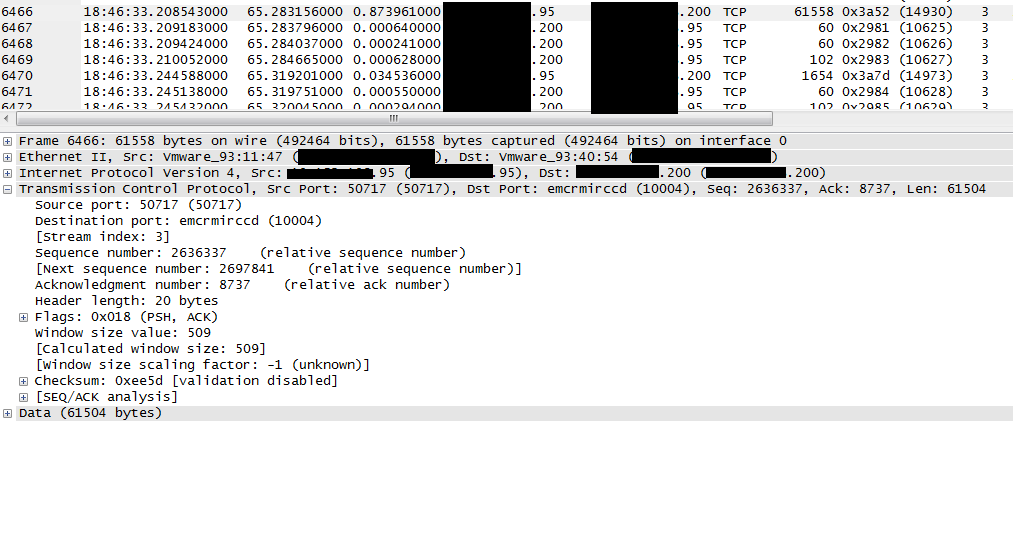


Decryption key management for IEEE 802.11, IPsec, and ISAKMP is easier.

(Your copy of Wireshark might still use the pcap file format if pcap-ng is disabled in your preferences.) Wireshark, TShark, and their associated utilities now save files using the pcap-ng file format by default.You can now add, edit, and save packet and capture file annotations.Wireshark supports capturing from multiple interfaces at once.The following features are new (or have been significantly updated) since version 1.6: Rearranging columns in preferences doesn't work on 64-bit Windows.When saving the displayed packets, packets which are dependencies (e.g., due to reassembly) of the displayed packets are included in the list of saved packets (Bug 3315).Hope that helps you and happy packet hunting. Then unzip in any folder and you’re ready to convert those etl files to pcapng. Netsh trace start capture=yes CaptureInterface="Wi-Fi " IPv4.Address=192.168.1.1 tracefile=D:\trace.etl" maxsize=11Īfter you have your packets captured scoot over to and download etl2pcapng. Netsh trace start capture=yes CaptureInterface=”Wi-Fi” tracefile=f:\traces\trace.etl” maxsize=11Ĭapture 11 MB from your Wi-Fi interface to and from host 192.168.1.1

To capture 11 MB from your Wi-Fi interface To display which interfaces Windows can use and their identification: Most of the details are in the video, but here’s the summary of some common commands This is a simple netsh command to start and stop a capture. Even the ‘portable’ version of Wireshark isn’t entirely portable, and you may run into challenges trying to run it.Īfter some research, and testing, I’ve decided to use Microsoft’s built in packet capture commands and no, I’m not referring to Network Monitor. Each option has its own pros and cons that you need to determine on the fly for each scenario. Then I go down the rabbit hole of options: SPAN, hub, TAP, etc. I wanted to capture packets from someone’s Windows computer, and I couldn’t install Wireshark for a variety of reasons.


 0 kommentar(er)
0 kommentar(er)
